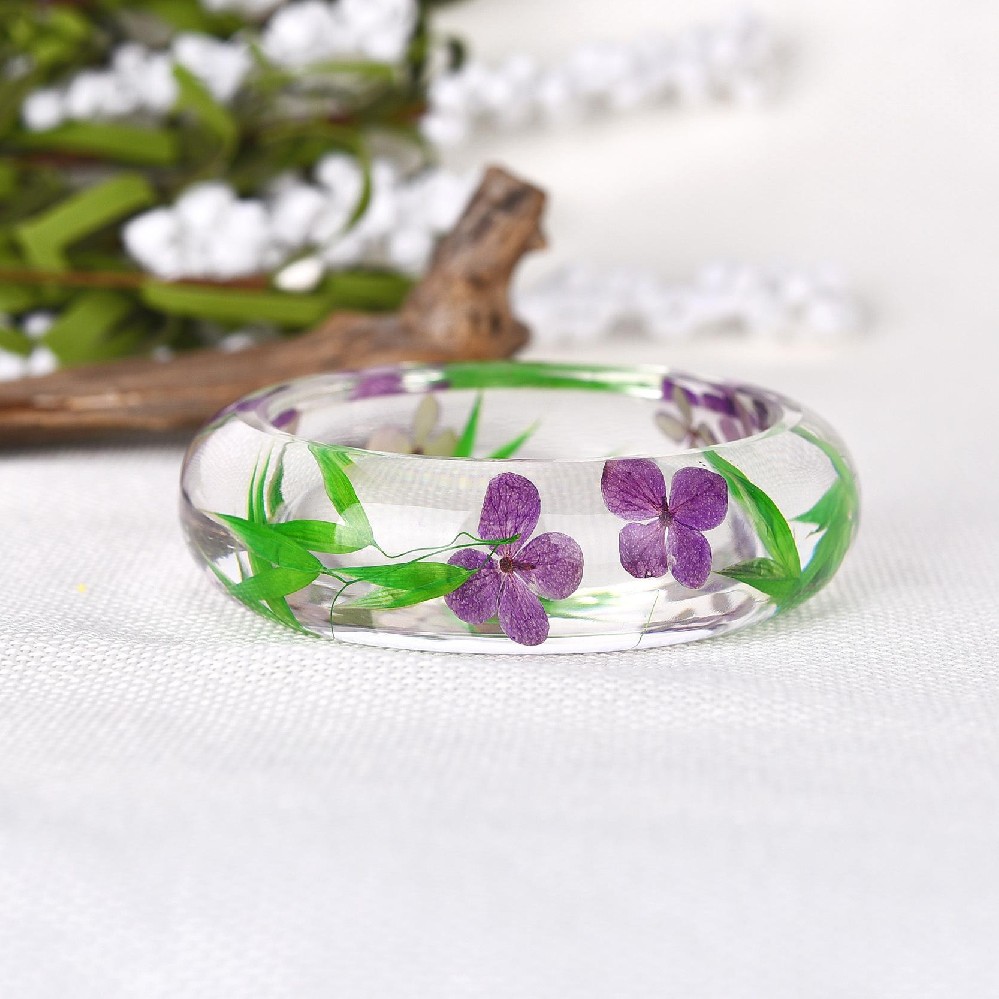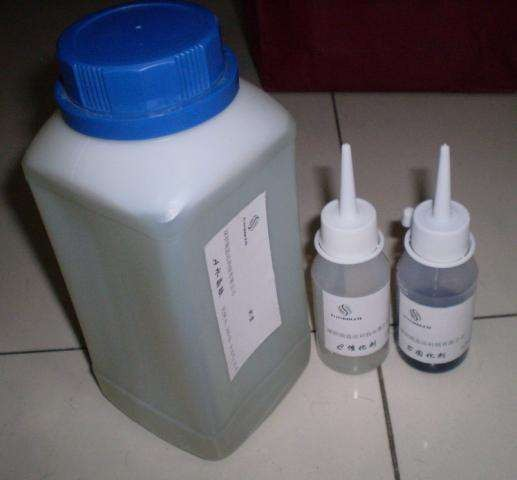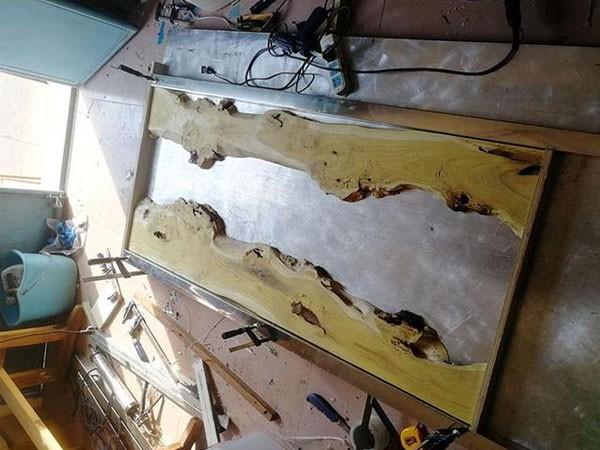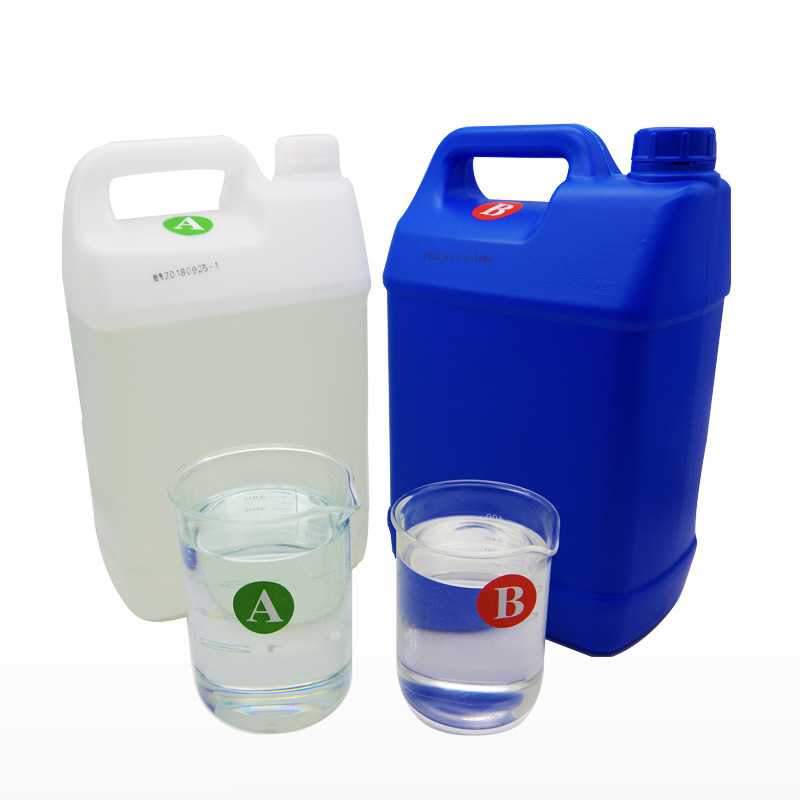

How to Select the Right Epoxy AB Glue?
1. Acrylate AB Glue
- Primary Material: Acrylate.
- Curing Condition: Cures at room temperature.
- Properties: High mechanical strength, good toughness.
- Applications: Widely used for various structural bonding, such as metal, rigid plastic, wood, stone, ceramic, and gemstone.
- Limitations: Poor adhesion to copper, aluminum, cadmium-plated materials, polypropylene (PP), and polytetrafluoroethylene (PTFE).
- Mix Ratio: Typically 1:1.
2. Silicone AB Glue
- Primary Material: Silicone rubber.
- Applications: Mainly used for sealing purposes, such as LED module filling, LED light encapsulation, and electronic component filling.
- Mix Ratio: Not fixed (e.g., 10:1, 8:1, etc.).
3. Epoxy AB Glue
- Primary Material: Epoxy resin.
- Curing Condition: Cures at room temperature with high mechanical strength.
- Properties: Less tough than acrylate but higher in hardness.
- Applications: Wide range of bonding materials for structural purposes.
- Challenges: Viscosity is significantly affected by temperature, leading to potential process control difficulties.
- Dual Use: Suitable for both bonding and sealing, especially for high-quality electronic component filling and encapsulation.
- Mix Ratio: Usually 1:1 for bonding; 2:1, 4:1, or 10:1 for potting and sealing applications.
Tags:







